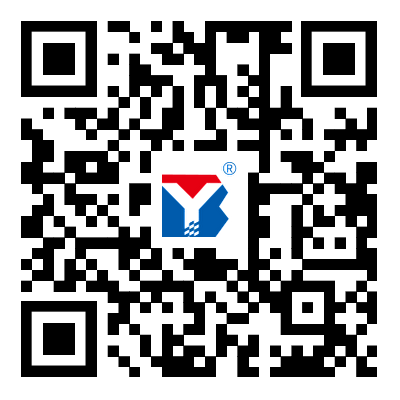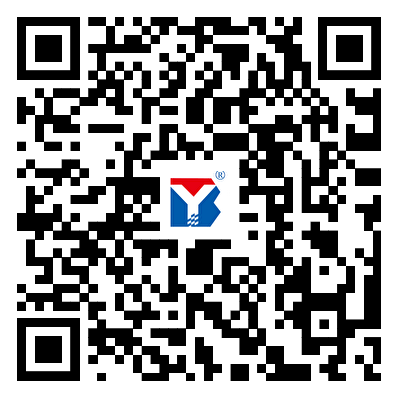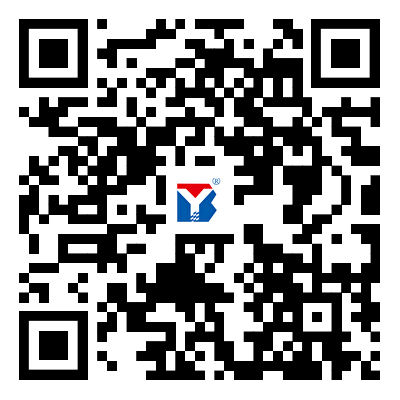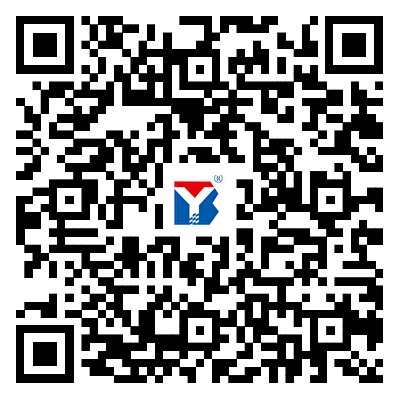The family comprises the five Vector Network Analyzers ZVRL, ZVRE and ZVR as well as ZVCE and ZVC which extend the frequency range to 8 GHz. All models are compact instruments with integrated generator, test set and receiver, each tailored to a different field of application. All analyzers can be subsequently upgraded to the higher-class models. ZVRE and ZVCE : the economy models The test set of these models comprises two SWR bridges (ZVRE) or directional couplers (ZVCE), an RF switch, two measurement channels and one reference channel. They measure the magnitude and phase of all four S-parameters of a DUT, allow a full two-port calibration (TOSM) and have an exceptionally high accuracy and wide dynamic range. ZVRE, ZVCE (bidirectional, 3 channels) ZVR and ZVC : the universal models ZVR and ZVC comprise a test set with two SWR bridges (ZVR) or directional couplers (ZVC), an RF switch, two measurement channels and - unlike ZVRE and ZVCE - two reference channels. With this configuration a variety of novel calibration procedures, eg TNA, can be performed, which considerably improve the accuracy particularly in non-coaxial applications. ZVR and ZVC are the allrounders of the family and suitable for applications in R&D and production no matter how sophisticated. ZVR, ZVC (bidirectional, 4 channels) Test sets The network analyzers can be provided with different test set options so that an optimally configured test setup is available to suit the applications. For the 4 GHz analyzers "active" or "passive" test sets with a characteristic impedance of 50 W or 75 W are available. A 50 W passive test set is standard equipment. With active test sets, the DUT can be biased directly via the inner conductor of the test port. The 8 GHz models ZVCE and ZVC are always equipped with 50 W active test sets. Depending on the model, the test sets comprise one or two power splitters, an electronic switch and one or two SWR bridges or directional couplers. Additional step attenuators (0 dB to 70 dB, components marked red in the drawings below) can be inserted into the generator paths and the two measurement channels to extend the power range of the receivers to +27 dBm and to lower minimum output power to -95 dBm. When the test sets are fitted with attenuators and the External Measurements option (components marked green in the drawings below), generator and receiver can be alternatively switched to three ports on the front panel (OUTPUT a1, INPUT b1, INPUT b2). This increases output power, sensitivity and dynamic range, and measurements down to 10 Hz can be performed with the 4 GHz models. In addition, the flexibility on external test sets, e.g. using an external pre-amplifier, is enhanced. The Reference Channel Ports (components marked blue in the drawings below) allow to feed the signal for the reference channel a1 from outside. This feature facilitates e.g. phase measurements on frequency converting devices. The test ports are fitted with female N connectors. Test Set ZVRE and ZVCE Test Set ZVR and ZVC
Features
Speed >>25 sweeps/s The extremely low-noise and fast synthesizer in conjunction with an exceptionally large measurement bandwidth of up t o 26 kHz al l ows real - time result display. The ZVx measures not in two subsequent sweeps but at every frequency point in forward and backward direction and thus all four S-parameters - including system error correction. This ensures real-time display of fully corrected data even during alignments with reduced sweep speeds. The dynamic range of ZVx is more than 95 dB even at a high measurement rate of 25 sweeps/s and 10 kHz measurement bandwidth. Dynamic range >130 dB The high stopband and low passband attenuation of modern RF components place new demands on network analyzers. Thanks to fundamental mixing, the useful dynamic range of Rohde & Schwarz network analyzers is more than 25 dB better than with conventional sampling techniques. Because of the low-noise front end, Rohde & Schwarz network analyzers attain a dynamic range of >130 dB, so transmission measurements on DUTs with extremely high stopband attenuation can be performed with high accuracy, even at low input levels. Power calibration: testing active DUTs Power calibration performed in the factory enables constant output power and high accuracy in the measurement of absolute input level over the full frequency range. This is particularly important for frequency-converting measurements and non-linear measurements on active components. Furthermore, frequency-dependent level variations of an external test setup can be measured and compensated with the aid of the Power Calibration option. Simultaneous display of four traces on the 26 cm colour LCD The ZVx models are the first network analyzers in this price class to simultaneously display up to four measurement traces with independent parameters (measured quantity, frequency range, bandwidth, etc). The large, active colour LCD with high refresh rate allows precise alignments without operator fatigue. Internal PC The network analyzers are equipped with a PC board including interfaces for keyboard, mouse, printer, external monitor and WindowsNT as the operating system. In the PC mode, the internal hard disk can be accessed and PC programs executed on the ZVR. This function considerably simplifies operation, processing and result recording. The optional Ethernet link, the integration of any printer driver and the execution of IEC/IEEE bus control programs on ZVR considerably extend the application range and performance. Complete setups, traces, numerical results, limit lines, calibration data, macros and screenshots can be stored on the hard disk or on floppy disks. The available formats (e.g. WMF, ASCII, Serenade....) allow problem-free import to Windows programs. The data can be processed in the ZVR with the aid of the internal PC. Automatic test systems Fast recording and processing of measured data and, in addition, an SCPI-conformal IEC/IEEE bus command set make all models of the ZVR family ideal for use in automatic measurement systems. All models are equipped with two IEC/IEEE bus interfaces as standard. One is used for analyzer control via an external PC, the other for controlling external devices, e.g. signal sources for intermodulation or mixer measurements, from the ZVR. Another optional IEC/IEEE bus interface is provided for the internal PC. Via this interface, IEC/IEEE control programs can be executed on the internal PC, thus enabling the ZVR to control itself or complete test systems. The Ethernet option allows data exchange and control via LAN. Efficient calibration techniques The classic 12-term calibration method requires four calibration standards: Through, Open, Short and Match. The name TOSM given to this method is an abbreviation of the standards' names. A number of other modern calibration methods (TOM, TRM, TRL, TNA) are also provided in ZVR and ZVC. Unlike TOSM (12-term) they require only three different standards. Additionally, lines (L), reflecting one-ports with unknown reflection coefficient (R), matched attenuators (A) and two-port networks (N) with symmetrical reflection can be used. Due to its simplicity, TOM is the method recommended for general applications. For calibration at frequencies up to 100 MHz it is not even necessary to connect an open circuit, and the ports may simply be left open. Thus a complete two-port calibration can be performed with only two calibration standards. TOM allows also implicit verification so that errors caused by defective calibration kits or operating errors are excluded. This considerably enhances reliability in the laboratory and particularly in production. With on-wafer measurements, measurements on PCBs or in fixtures it is difficult to design or specify suitable calibration standards at justifiable effort. This problem can be solved with the TNA and TRM calibration methods developed and patented by Rohde& Schwarz. With these methods the characteristics of the calibration standards need not be fully known. With TNA, for instance, a full two-port calibration can be performed with two standards: if reflection symmetry is provided at the reference planes, the calibration step with network (N) does not require a standard to be connected, the test ports can just be let open. Just a through (T) with known length and a matched attenuator (A) are required. The calibration effort is reduced to a minimum when the AutoKal option is used that requires only one simple through-connection.
關鍵詞:CAE
熱門產品
免責申明
所展示的信息由會員自行提供,內容的真實性、準確性和合法性由發布會員負責,儀表網對此不承擔任何責任。儀表網不涉及用戶間因交易而產生的法律關系及法律糾紛,糾紛由您自行協商解決 友情提醒 :本網站僅作為用戶尋找交易對象,就貨物和服務的交易進行協商,以及獲取各類與貿易相關的服務信息的平臺。為避免產生購買風險,建議您在購買相關產品前務必確認供應商資質及產品質量。過低的價格、夸張的描述、私人銀行賬戶等都有可能是虛假信息,請采購商謹慎對待,謹防欺詐,對于任何付款行為請您慎重抉擇!如您遇到欺詐等不誠信行為,請您立即與儀表網聯系,如查證屬實,儀表網會對該企業商鋪做注銷處理,但儀表網不對您因此造成的損失承擔責任! 提示×*您想獲取產品的資料:
個人信息:
|








































